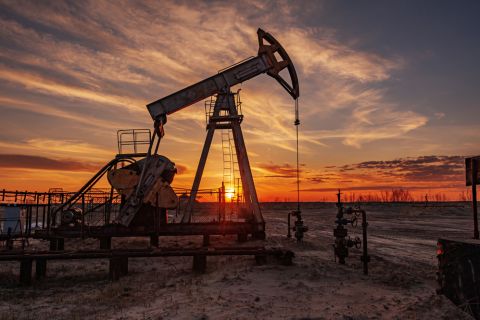Industry enthusiasm for LNG exports remains at a feverish pitch with virtually every company with an import terminal wanting to turn those into liquefaction plants. There are benefits to LNG exports for domestic oil and gas producers. The current price of natural gas is in the doldrums. The low price does not support the cost of drilling for and development of natural gas. Exports would offer producers a higher price for the natural gas, which in turn would support additional drilling and production. More drilling will lead to more reserves, which benefits US consumers. The impact of drilling for unconventional oil, especially, was obvious while driving to Oklahoma over the New Year’s weekend. Some convenience stores were selling gasoline at $2.99 per gallon, a price I haven’t seen for quite some time. Does the need for incentives for drilling and development ensure the future of US LNG exports? Given the attitude of some of our elected officials, higher natural gas price to spur drilling is not an incentive for LNG exports. Rep. Ed Markey (D-Mass.) is a staunch anti-oil-industry critic. He has come out in opposition to LNG exports. He has also announced he will be running for the Senate seat being vacated by Sen. John Kerry (D-Mass.), who was nominated as the next secretary of state. We will have to wait and see if his anti-oil voice is even louder in the Senate, if he wins. Another congressman in opposition to LNG exports is Sen. Ron Wyden (D-Oregon), who said in early November, “The provision of the Natural Gas Act that grants automatic approval of natural gas exports to countries that share free trade agreements with the US was adopted before newly accessible shale gas became a strategic asset for the US. “This policy needs reconsideration. It could harm the nation’s ability to achieve energy independence, combat pollution and preserve the environment, and improve the economic competitiveness of American manufacturers,” he continued. In the next Congress, he will become the chairman of the Senate Committee on Energy and Natural Resources. That could give him a platform for continuing to oppose LNG exports. And, of course, when it comes to LNG exports, there is the industry itself. You could describe the LNG business as a very wild rollercoaster ride. The industry regularly goes from supply driven to demand driven in a very short period of time. The domestic LNG import industry is a prime example of just how quickly the market can turn. LNG imports into the US are the prime example. At one point, the US was going to need a huge amount of LNG to make up for shortfalls in domestic production. Over a very short period of time, the number of import facilities went from four to 12. At the same time, the shale gas revolution was beginning. From the time construction started on the new terminals until the terminals were ready to do business, the US LNG import market disappeared for the most part. No one expected that to happen when the industry was touting constructing new facilities. The same thing could happen with LNG exports. It takes about three years to build a liquefaction plant. Three years is a lifetime in the LNG business, as Cheniere Energy can attest. Will the export business face the same reversal of fortune that the importing companies faced? It is too early to tell, and there are way too many variables that still have to be ironed out. Until then, the enthusiasm is fun to watch. Contact the author, Scott Weeden, at sweeden@hartenergy.com.
Recommended Reading
EIA: Oil Prices Could Move Up as Global Tensions Threaten Crude Supply
2024-02-07 - Geopolitical tensions in the Middle East and ongoing risks that threaten global supply have experts questioning where oil prices will move next.
What's Affecting Oil Prices This Week? (March 11, 2024)
2024-03-11 - Stratas Advisors expects oil prices to move higher in the middle of the year, but for the upcoming week, there is no impetus for prices to raise.
Oil Dips as Demand Outlook Remains Uncertain
2024-02-20 - Oil prices fell on Feb. 20 with an uncertain outlook for global demand knocking value off crude futures contracts.
Oil Prices Edge Lower on False Report of Israeli Ceasefire, Sustained OPEC Cuts
2024-02-01 - Oil prices fell 2% on the false speculation that Israel and Hamas had tenatively agreed to a ceasefire, but losses were subsequently pared.
Oil Rises After OPEC+ Extends Output Cuts
2024-03-04 - Rising geopolitical tensions due to the Israel-Hamas conflict and Houthi attacks on Red Sea shipping have supported oil prices in 2024, although concern about economic growth has weighed.


